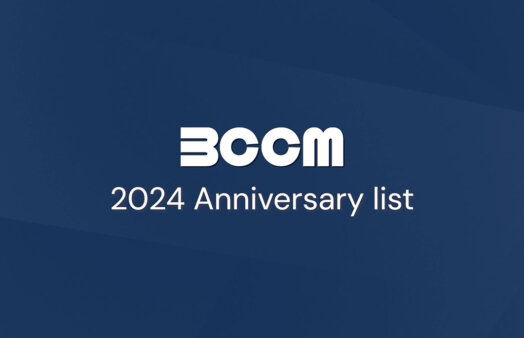21 May 2018
This is the first in the series of blogs by Kevin Franey, Audit & Assurance Partner at TNR Chartered Accountants. TNR has extensive co-operative advisory, auditing and taxation experience.
The new incoming accounting standard on leases is likely to have a significant impact on the financial statements of many businesses when it becomes applicable.
The Australian Accounting Standards Board (AASB) has made substantial changes to lease accounting with AASB 16 Leases, with the headline change being the removal of the distinction between operating and finance leases for lessees with most leases now coming on balance sheet. AASB 16 will potentially have significant impacts on entities which may not always be immediately obvious at first sight.
The new leasing standard is likely to affect almost every business to some extent. The important thing with the new standard is to be proactive and to be prepared.
Under the current accounting standard, the obligation to make future payments under an operating lease arrangement is not included on the balance sheet even though the company is committed to those future expenditures. The concern of many stakeholders was that this did not give an accurate reflection of the company’s true financial position.
The changes to the accounting standard (which apply to reporting periods beginning on or after 1 January 2019) will result in the inclusion of a lease liability and a right of use asset on the balance sheet.
In other words, the business will now include the costs of use of the leased asset and the associated benefits on its balance sheet.
The AASB 16 changes give a more accurate representation of the financial position of the business by fully reflecting all its liabilities, and provides more useful information in financial reporting for investors and shareholders, but there is a downside.
The changes will substantially increase the level of commercial and financial reporting risk given the increase in complexity and the hidden issues which may arise on implementing the new standard.
Firstly, the new standard will change the profile of the expense. Rather than being a straight line rental expense, there will be more expensed in early years and less in later years, impacting earnings profiles.
It will also cause potentially large increases in metrics such as EBITDA. Rather than an operating rental expense, there will now be a movement of expenses below the EBITDA line which has a range of associated issues.
In addition to the possible financial reporting anomalies, the right of use asset will be non-current whereas the lease liability will be split between current and non-current.
This mismatch could potentially cause issues with working capital with a partly current liability funding a non-current asset.
There may also be substantial impacts with bank covenants which could lead to possible breaches if companies are not proactive about approaching their financiers.
Another impact could be that more companies will now qualify as large proprietary companies with the inclusion of right of use assets on their balance sheet increasing total assets and potentially requiring audited financial statements to be lodged.
On adoption of the new leasing standard your entity may have large balance sheet changes which will need to be explained to investors, financiers and shareholders.
Furthermore, there will now need to be more integration between departments of the business entering into lease agreements and the financial reporting function.
For more information, contact Kevin Franey at [email protected] or phone (02) 6626 3000.
Kevin Franey is an Audit & Assurance Partner at TNR Chartered Accountants. TNR has extensive co-operative advisory, auditing and taxation experience.


